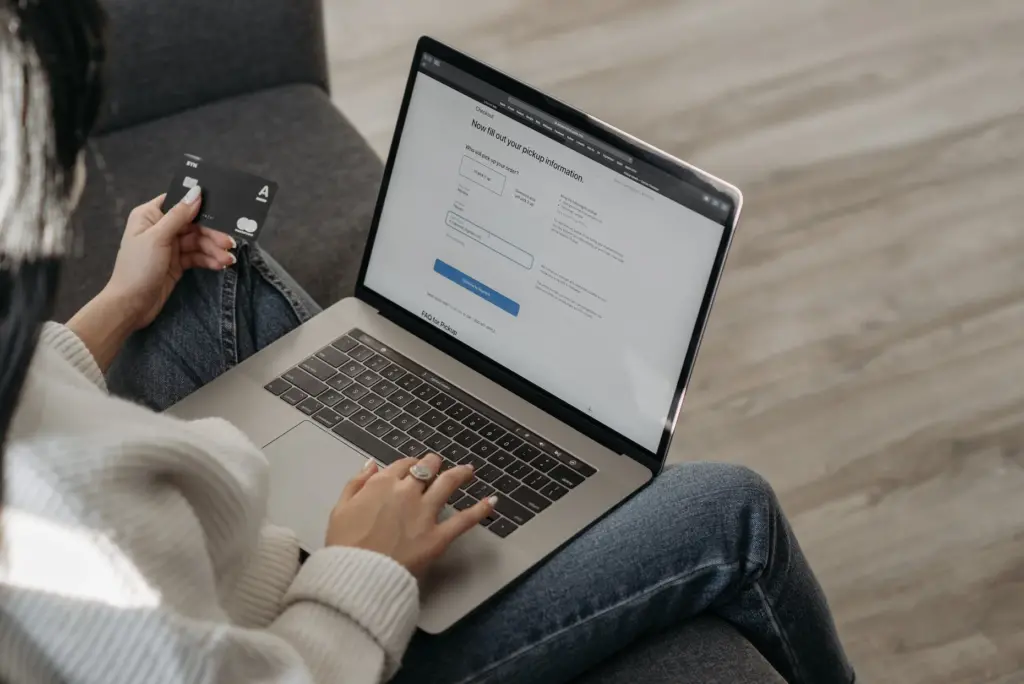Online shopping has become a big part of our lives, providing convenience and vast options. However, with convenience comes the responsibility of ensuring a safe and secure online shopping experience. Here are ten essential safety tips for online shopping:
1. Shop on Reputable Websites:
When in doubt, stick to well-known, trusted online retailers. Familiarity with the platform can significantly reduce the risk of falling victim to scams or fraudulent activities.
2. Secure Connections:
Prioritize websites with “https://” in the URL. The ‘s’ indicates a secure connection, adding an extra layer of protection for your personal and financial information.
3. Use a Password Manager:
Create strong, unique passwords for your online accounts. A combination of letters, numbers, and symbols enhances security, reducing the likelihood of unauthorized access. Password managers are a great way of creating and storing complex passwords for all your online accounts.
4. Software Updates:
Regularly update your device’s operating system, browser, and antivirus software. This helps patch vulnerabilities and safeguards your system against evolving cyber threats.
5. Avoid Using Public Wi-Fi:
Avoid making online purchases using public Wi-Fi networks. Opt for a secure and private connection to protect your sensitive data from potential hackers.
6. Adjust Privacy Settings:
Take the time to review and adjust privacy settings on your online accounts. Limit the information shared to the absolute essentials and control who has access to your personal details.
7. Find Reviews and Ratings:
Prioritize products with positive reviews and high ratings. Feedback from other buyers provides valuable insights into the quality and reliability of a product or seller. Some platforms may not provide honest reviews in which we suggest independent platforms or the manufacturer website for further reviews.
8. Verify the Seller’s Reputation:
Before making a purchase, research the seller’s reputation and contact information. Reliable sellers have a track record of delivering quality products and excellent customer service. This is recommended especially when shopping on marketplaces.
9. Check Your Bank Statements:
Check your bank statements for any transactions you do not recognize or suspicious activities. Early detection of irregularities allows you to take swift action to address potential issues.
10. Enable Two-Factor Authentication:
Add an extra layer of security to your accounts by enabling two-factor authentication wherever possible. This additional step helps safeguard your accounts even if your password is compromised.
By incorporating these safety tips into your online shopping routine, you can enjoy the convenience of online shopping while minimizing the risks associated with cyber threats and fraud.

